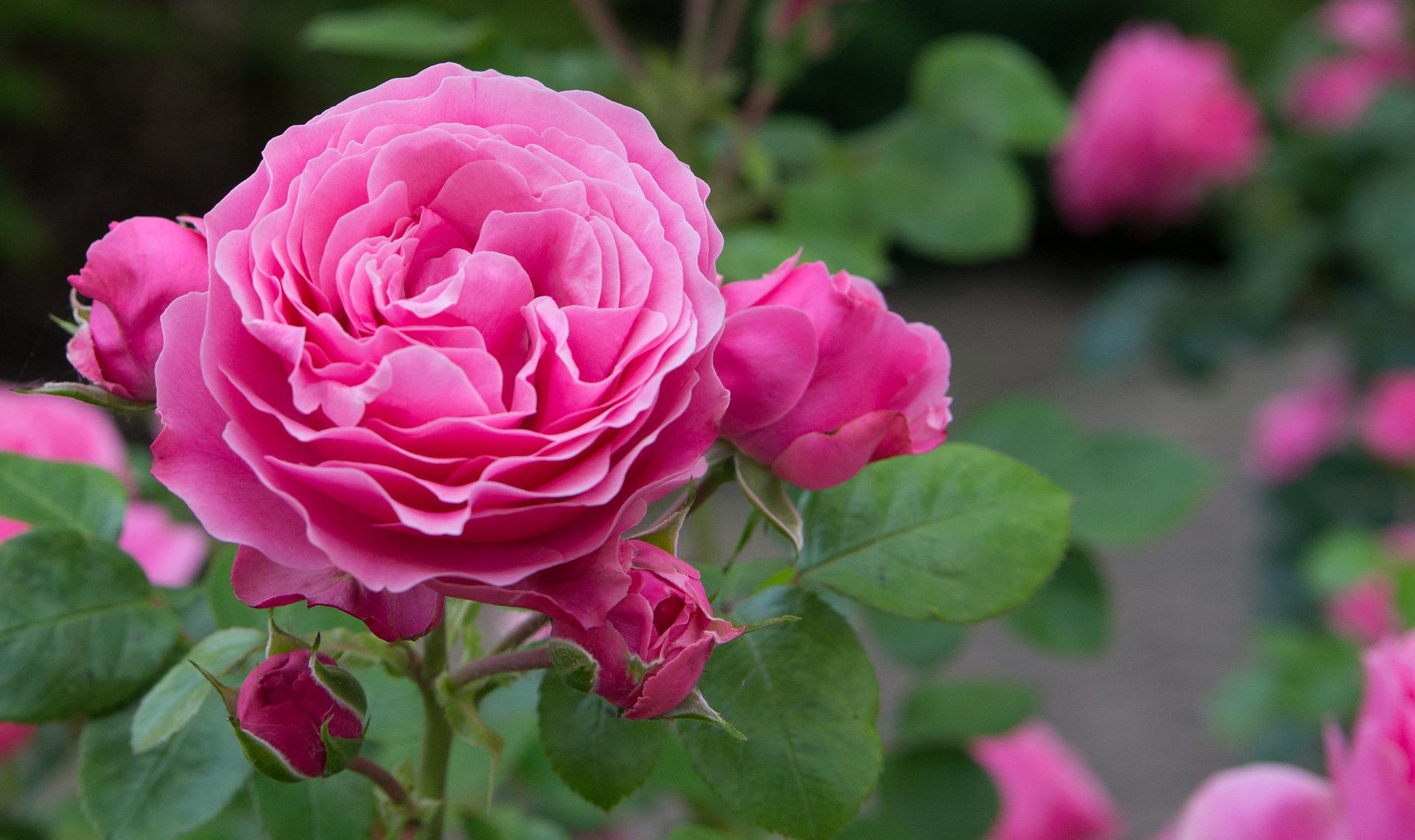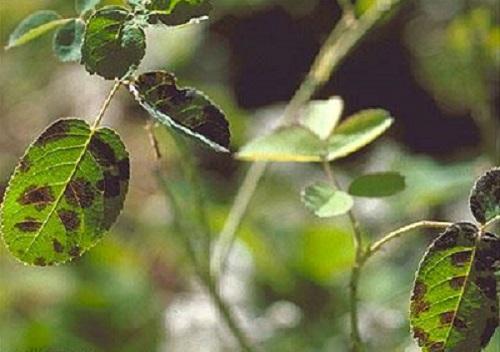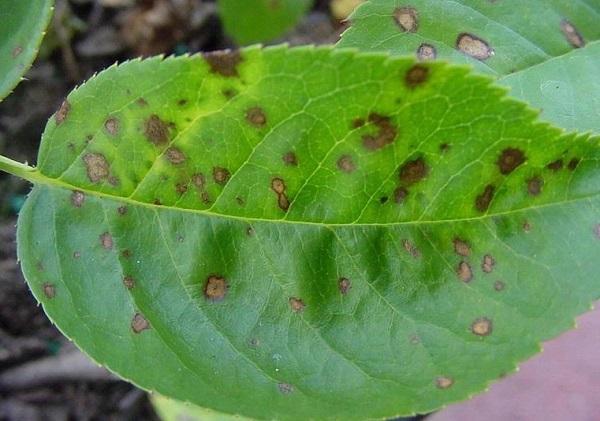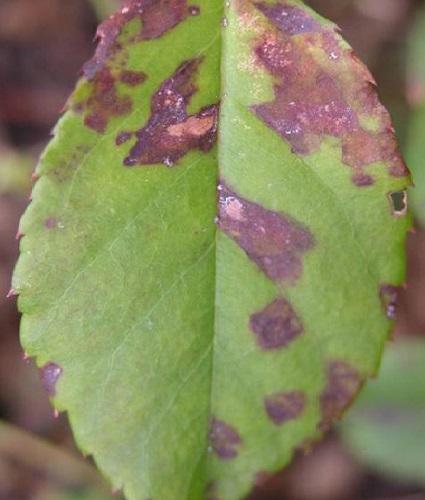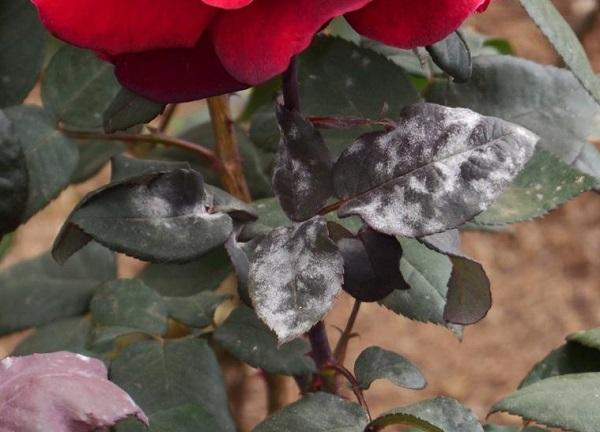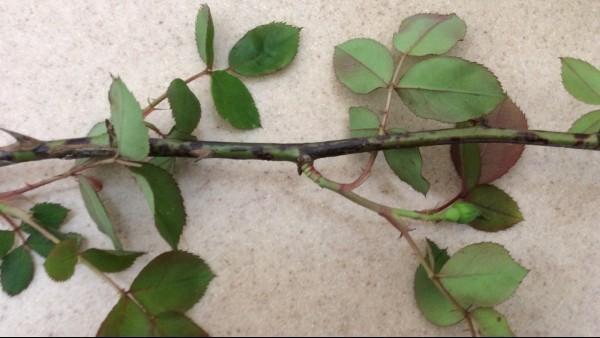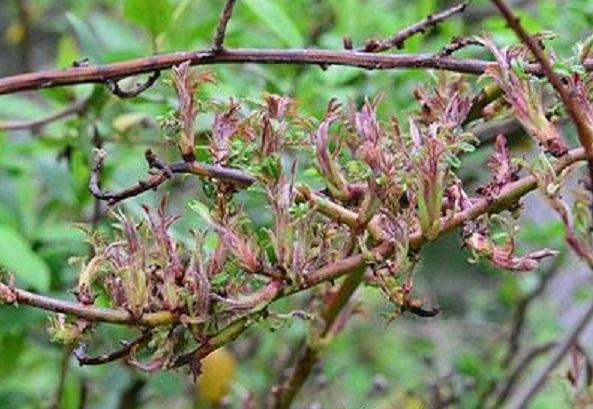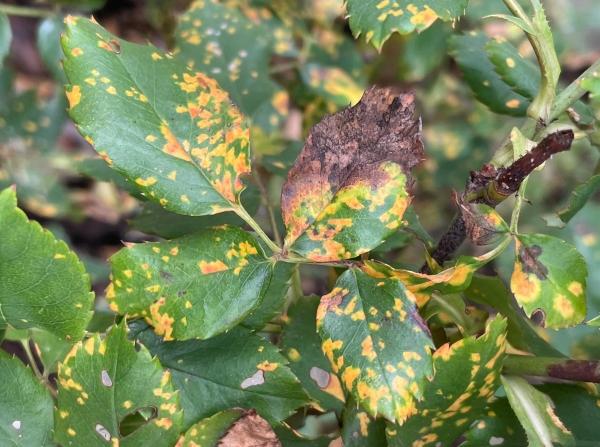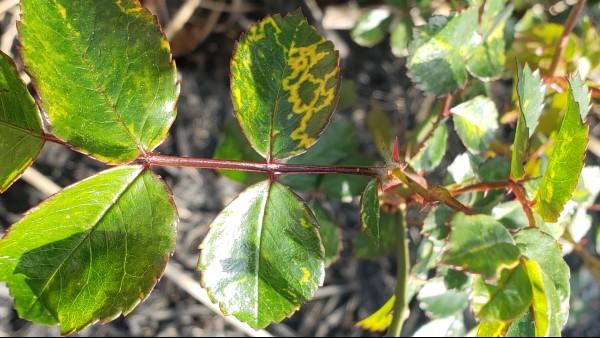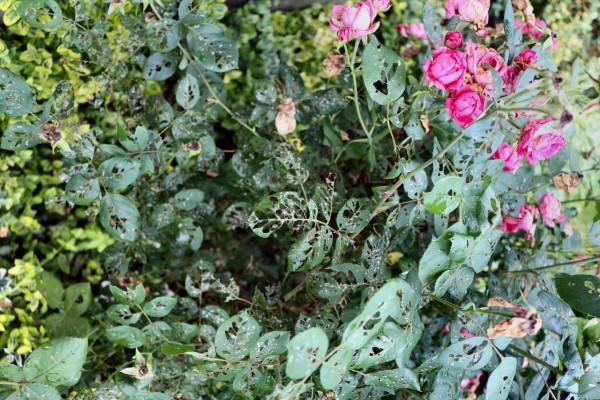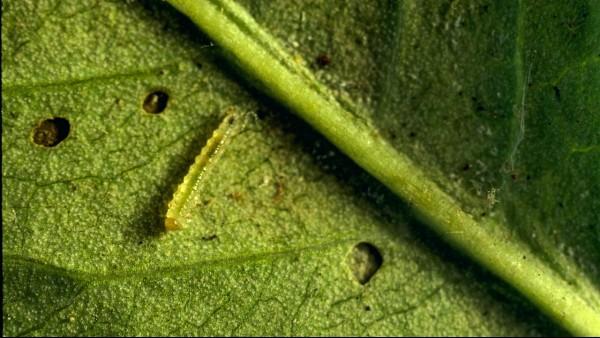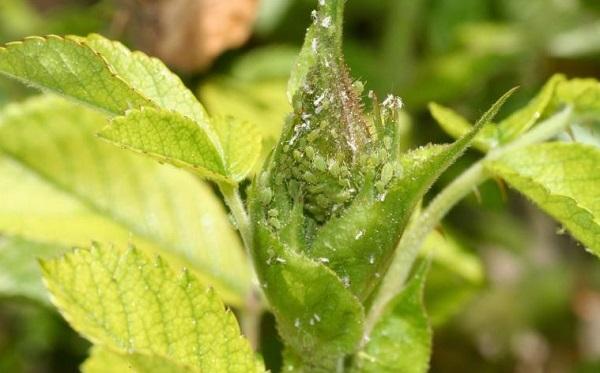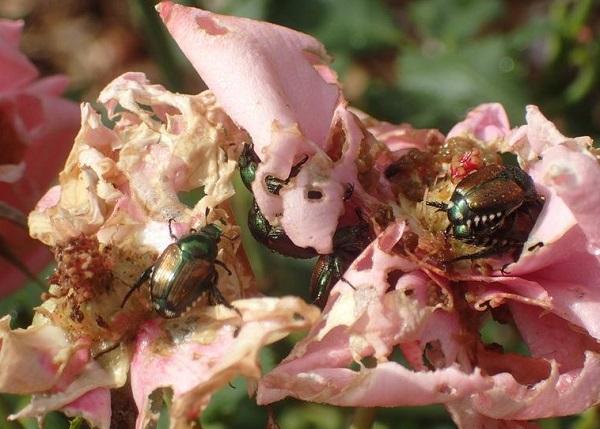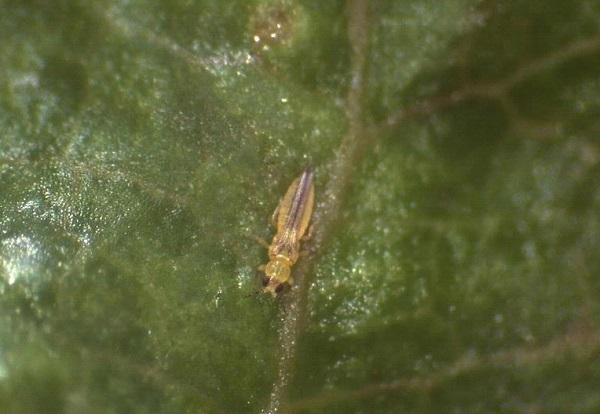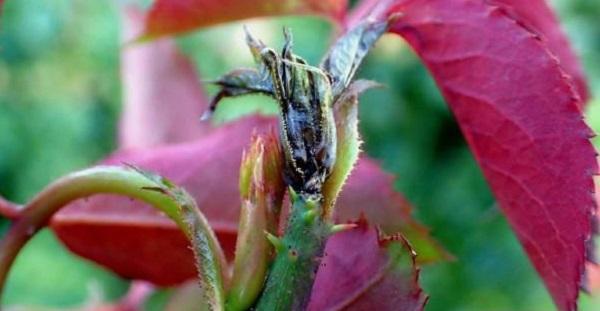Tips for diagnosing plant problems
The majority of plant problems are not caused by a disease or an insect, especially if the plant has been in your landscape for less than two years.
The presence of an insect or disease may not be the cause of the problem. Sometimes pests will take advantage of damaged or declining plants or the damage may have occurred way before you noticed it.
It is okay to tolerate some plant damage. For example, many fungal leaf spots cause cosmetic damage. Unsightly leaves can be simply pruned off the plant.
Poor growing conditions, incorrect care, weather extremes, and soggy soil are the major cause of plant decline.
Become familiar with normal plant characteristics throughout the year.
There are numerous parasitoids and predators that keep insect pests under control.
Use a pesticide only as a last resort and apply with care. First, identify the pest or disease and select low-toxicity products.
